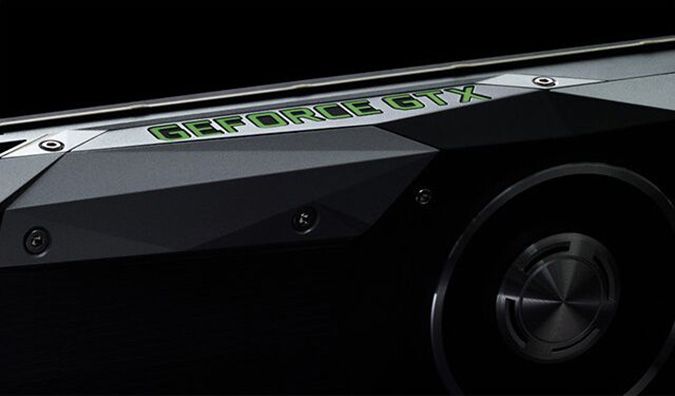Nvidia GTX 1050 vs. GTX 1050 Ti: Budget Gaming GPU Face-Off
Gaming is an expensive hobby; most of the top gaming laptops cost well over $1,000 and feature Nvidia’s most powerful graphics cards: the 1060, 1070 and 1080. However, some affordable gaming rigs now have the new GTX 1050 or 1050 Ti chips — a pair of inexpensive entry-level GPUs that can play top games at medium to high settings.

Getting a laptop with the 1050 Ti will cost you $100 to $200 more than the regular 1050, but the higher-end chip also promises better performance. We tested two nearly identical gaming laptops — one with the 1050, and one with the 1050 Ti — to find out if the premium is worth it.
Specs
Both the 1050 and the 1050 Ti are based on Nvidia’s latest GPU architecture, named Pascal. That means the cards also support the company’s Ansel screenshot technology and can support G-Sync displays. The 1050 comes with 2GB of video memory, while the 1050 Ti employs 4GB of VRAM.
Gaming Benchmarks
We ran our standard gaming benchmark tests on two Asus ROG Strix GL553 laptops. Both use Intel Core i7-770HQ CPUs, 16GB of RAM and a 1TB HDD. The GL553VD has a GTX 1050 GPU, while the GL553VE employs a GTX 1050 Ti and adds a 256GB SSD.
Here are the results:
| Row 0 - Cell 0 | Nvidia GeForce GTX 1050 | Nvidia GeForce GTX 1050 Ti |
| Rise of the Tomb Raider (Medium/High) | 38 fps | 47 fps |
| Hitman (Ultra with DirectX12) | 30 fps | 39 fps |
| Grand Theft Auto V (Very High) | 23 fps | 27 fps |
| Metro: Last Light (High) | 23 fps | 28 fps |
| Rise of the Tomb Raider (Very High) | 18 fps | 20 fps |
The two most noticeable differences were on our budget-gaming benchmark and the Hitman test.
The budget test consists of running Rise of the Tomb Raider on high and medium settings with SMAA anti-aliasing. The machine with the 1050 ran the game at 38 frames per second, but the 1050 Ti configuration ran at a smoother 47 fps. On Hitman at ultra settings, the 1050 Ti pulled out 39 fps, compared with the 1050’s 30 fps.
Stay in the know with Laptop Mag
Get our in-depth reviews, helpful tips, great deals, and the biggest news stories delivered to your inbox.
When I tried to set up the Oculus Rift VR headset with a laptop powered by GTX 1050 graphics, Oculus’ program informed me that it wouldn’t work. Then it suggested using a machine with a 1060 GPU.
Neither laptop played Grand Theft Auto V (very high), Rise of the Tomb Raider (very high) or Metro: Last Light (high) above our 30-fps playability threshold, but the 1050 Ti eked out a few extra frames over the 1050 in each test.
Winner: GTX 1050 Ti
VR Performance
According to Nvidia, neither GPU is considered VR ready (you would need, at minimum, a GTX 1060 for that), which is in line with the minimum specs required by HTC for its Vive VR headset. The Oculus Rift, however, lists the 1050 Ti as a minimum spec and the 1060 as recommended.
But when I tried to set up the Rift with the GL553VD, Oculus’ program informed me that it wouldn’t work and suggested using a machine with a 1060 GPU. It never accepted that the headset was plugged into the laptop’s HDMI port.
Instead, I ran our usual benchmark, the SteamVR performance test, on both machines. The 1050 earned a score of 2.4, marking it just as unusable, while the 1050 Ti notched a 3, suggesting an upgrade was in order. Either way, you can’t use VR if the laptop won’t accept the headset with your GPU.
Winner: Tie
Bottom Line
Overall Winner: GTX 1050 Ti
You can play the same games on both the 1050 and the 1050 Ti, but the latter offers higher frame rates for smoother performance. If you can afford to spend the extra $100 or more, definitely go for the 1050 Ti. However, if you're on a strict budget, you can get the 1050 and still enjoy the same experiences.
